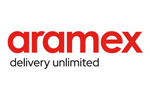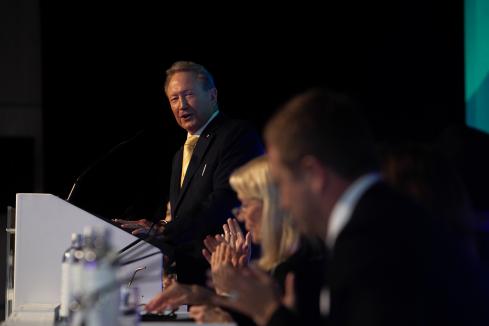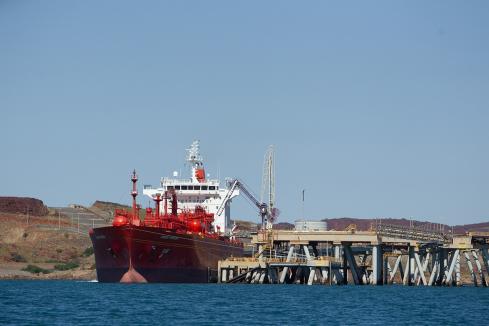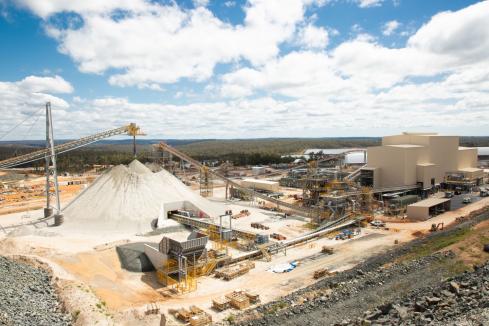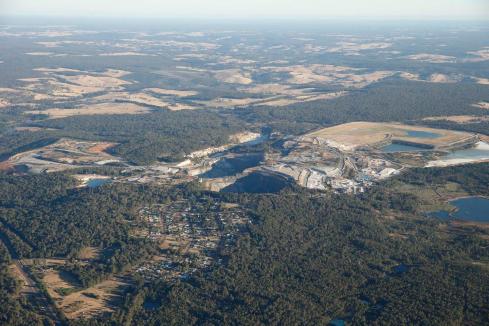Five large mining companies have separately launched initiatives this week to accelerate a move toward electrification of their mine sites.

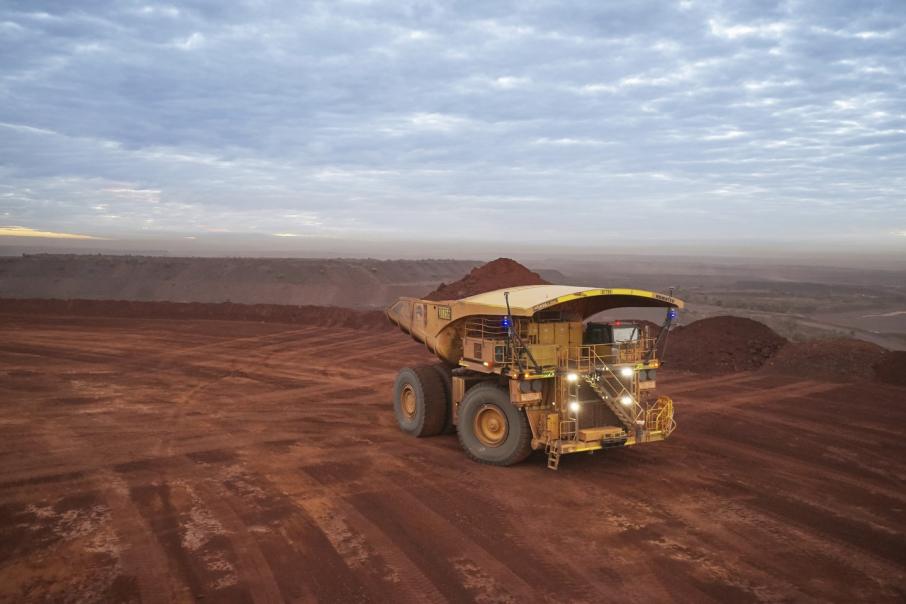
Five large mining companies have separately launched initiatives this week to accelerate a move toward electrification of their mine sites.
Fortescue Metals Group has struck an agreement with UK company Williams Advanced Engineering to design, build and integrate a battery system to power an electric haul truck.
The project includes the design and construction of a battery electric powertrain with the ability to regenerate power as the truck travels downhill.
The battery will be built at WAE’s facility in the United Kingdom, before being shipped to Perth for integration into a 240-tonne prototype haul truck for testing at Fortescue’s mining operations in the Pilbara.
Separately, South32, OZ Minerals, IGO, Gold Fields and mining contractor Barminco have partnered with nine other businesses to launch the electric mine consortium.
Like Fortescue, their goal is to decarbonise their mining operations.
Electrification would allow the removal of diesel from mines, cutting emissions, reducing exposure to volatile oil prices and eliminating the exposure of workers to diesel particulates.
The miners are supported by a group of suppliers, including global equipment firms Epiroc and Sandvik, software giant Dassault, regional energy utility Horizon Power, engineers Hahn Electrical, energy storage company Energy Vault and startups Safescape and 3ME Technologies.
The chief executives of these companies said they collectively agree the industry should focus more on collaboration to overcome cost barriers and uncertainty in technology choices that may be beyond the capacity of individual companies alone.
OZ Minerals chief executive Andrew Cole said his company has a strategic aspiration to emit zero scope 1 emissions and systemically reduce scope 2 & 3 emissions across its value chain.
“We are committed to investigating various technologies and strategies, such as the electrification of mining equipment, to reduce greenhouse gas emissions at our assets,” Mr Cole said.
Fortescue chief executive Elizabeth Gaines said the iron ore miner had an industry leading target to achieve net zero operational emissions by 2040.
“This includes a 26 per cent reduction in Scope 1 and 2 emissions from existing operations from 2020 levels by 2030,” she said.
“With around a quarter of these emissions attributed to our mobile haul fleet, this represents a significant opportunity to drive our pathway to being diesel free.”
State of Play co-founder Graeme Stanway, whose consultancy is part of the electric mine consortium, said renewables, all-electric systems and batteries will help fuel the change towards a healthier, economically viable future of mining.
Her added that miners in Australia have a huge advantage compared to those in other countries.
“We have an abundance of renewables that the industry is tapping into, particularly in our most remote operations,” Mr Stanaway said.
“Local mine sites have the opportunity to install solar, wind and battery energy storage systems to power their operations at a much cheaper cost than many global players.”








